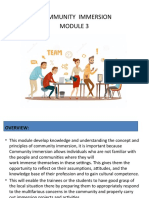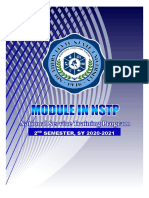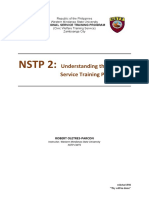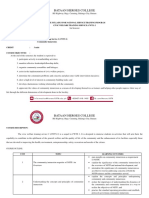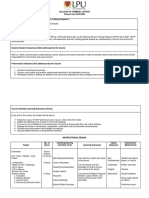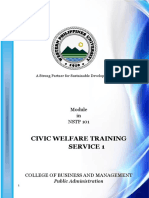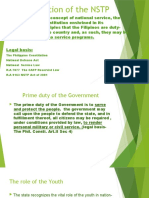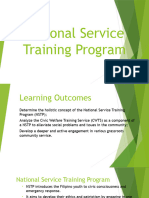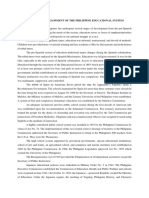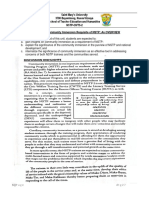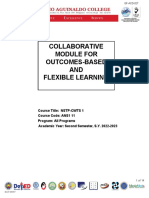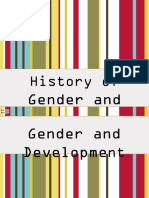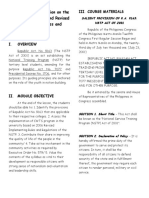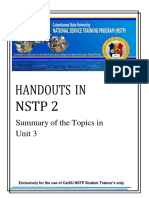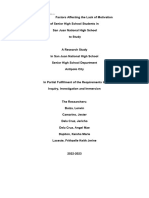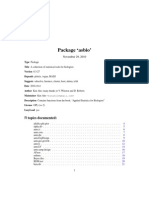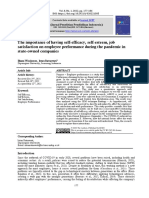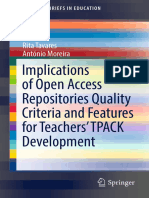0% found this document useful (0 votes)
211 views12 pagesCommunity Immersion for Students
This document discusses the process of community immersion for students. It outlines the steps as: 1) preparing a demographic profile and needs assessment of the community, 2) gaining entry into the community through various methods like simple entry or academic entry, 3) integrating with community members by living with them, and 4) conducting a community needs assessment through focus groups, surveys, and public records to identify problems and priorities. The overall goal is to empower communities and solve issues through understanding their needs and perspectives.
Uploaded by
mythilyn bihagCopyright
© © All Rights Reserved
We take content rights seriously. If you suspect this is your content, claim it here.
Available Formats
Download as DOCX, PDF, TXT or read online on Scribd
0% found this document useful (0 votes)
211 views12 pagesCommunity Immersion for Students
This document discusses the process of community immersion for students. It outlines the steps as: 1) preparing a demographic profile and needs assessment of the community, 2) gaining entry into the community through various methods like simple entry or academic entry, 3) integrating with community members by living with them, and 4) conducting a community needs assessment through focus groups, surveys, and public records to identify problems and priorities. The overall goal is to empower communities and solve issues through understanding their needs and perspectives.
Uploaded by
mythilyn bihagCopyright
© © All Rights Reserved
We take content rights seriously. If you suspect this is your content, claim it here.
Available Formats
Download as DOCX, PDF, TXT or read online on Scribd
/ 12
